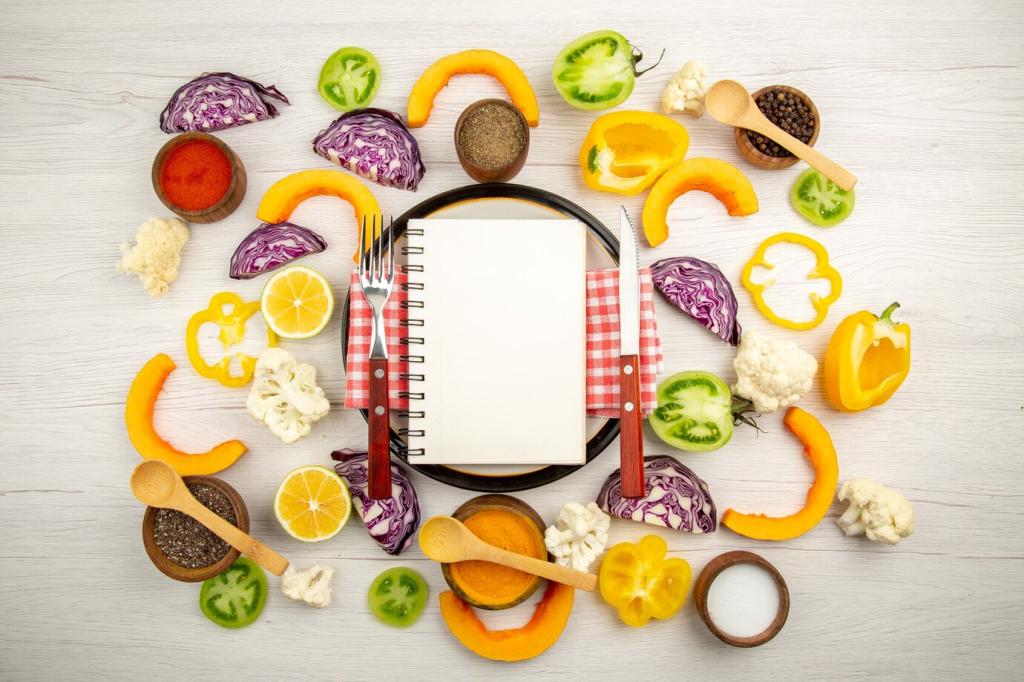Demystifying Carbs, Protein, and Fat
Complex carbohydrates—like oats, beans, and root vegetables—come bundled with fiber, vitamins, and minerals that support digestion and satiety. Simple sugars can have a place, especially around activity, but focus on slow-burning sources to keep energy steady and cravings calmer.
Demystifying Carbs, Protein, and Fat
Protein supplies amino acids for muscle repair, enzymes, and hormones, while helping manage hunger. Mix lean meats, fish, eggs, dairy, tofu, legumes, and grains. Pairing plant proteins improves amino acid completeness, supporting recovery, hair health, and overall metabolic resilience.









